
An exciting and difficult project is designing an adventure park. Whether the goal of the project is to satisfy a long-held yearning or attract new tourists to the area, it requires a fair amount of planning, organization, and excitement.
What is generally regarded as outstanding design—design that fulfills the requirements of its users, is engaging and diverse, connects people to place, and creates positive impressions and experiences—is the cornerstone of building a park for safety. Although good design does not always prevent fear-based perceptions and criminal risks, it can lay the groundwork for efficient regulation.
How to start a profitable ropes course business
You want to build an adventure park or ropes course, but you’re not sure how to go about it. Until your ropes courses are ready, we’ll go over how to get started, how to figure out exactly what you need to do, and how to go forward with that.
Use a recreational facility that suits you to provide your visitors a fun experience! Additionally, it carefully considers the current circumstance and is tailored for the highest level of economic success.
Our guest-centric approach to design creates a seamlessly immersive experience through a blend of high-tech and high-touch encounters, offering distinctive locations for people to forge fascinating new memories. From the very beginning of the design process to the day of opening, we work closely with our clients to create all elements that are visible to visitors, including rides, attractions, shows, technology, media, graphics, and more.
Thrill Syndicate works with its clients in a collaborative and iterative manner, guided by their strategic goals, to create innovative ideas that can be successfully produced and operated. Thrill Syndicate starts with the big idea and develops the design into data that can be shared with architects, engineers, and other vendors as the project moves forward into production.
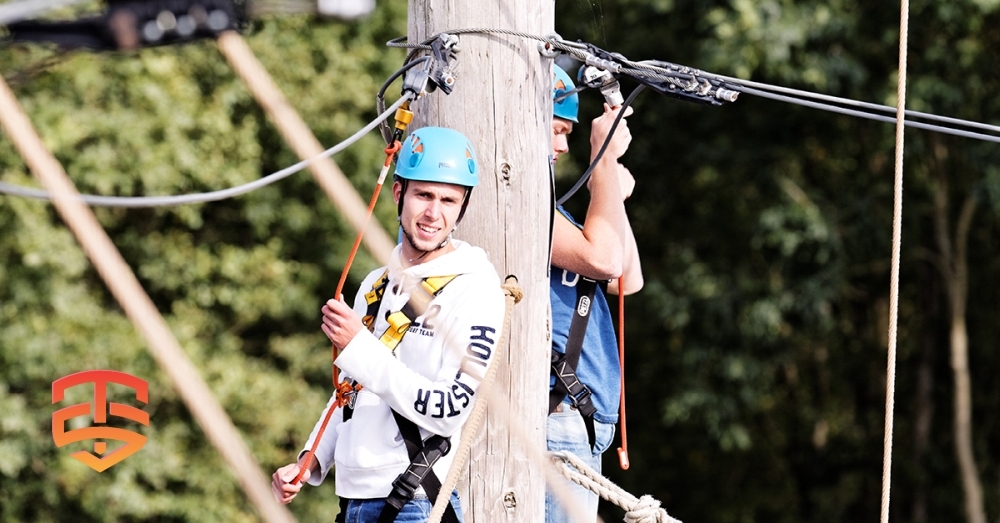
The fundamentals of designing a ropes course
Ropes course engineering involves the design, construction, and maintenance of ropes courses and challenge course elements. This includes the selection of appropriate materials and equipment, ensuring the safety and accessibility of the course, and adhering to industry standards and regulations. Ropes course engineers may also be responsible for training staff on proper course operation and maintenance. The primary focus of ropes course engineering is safety and providing an enjoyable experience for participants.
The technical calculations involve determining the load capacity and safety factors of various elements of the course, such as ropes, cables, carabiners, and harnesses. Engineers will also calculate the weight and force loads on different parts of the course, such as platforms and belay systems, to ensure that they can support the intended use. Other calculations may include determining the strength and stability of anchors, as well as the wind and weather loads on the course. These calculations are essential for ensuring the safety of participants and must adhere to industry standards and regulations.
We have designed recreational facilities, adventure parks, high ropes courses, climbing forests, ziplines, adventure playgrounds, and Aqua Chimps to the highest international standards in every nation in Europe.
There are various processes involved in designing a ropes course, including:
- Site selection: Pick a place that is secure, reachable, and appropriate for the kind of course you want to create. Take into account elements like the terrain, the weather, and the distance to other activities or services.
- Planning and viability: Create a plan for the course that includes the structure and the kinds of components you intend to use. Think about things like accessibility, environmental impact, and safety. To make sure the proposal is practical and financially sustainable, conduct a feasibility study.
- Engineering and design Make thorough plans for the course’s design and engineering, including details on the required supplies, construction techniques, and safety gear. Hire a skilled design and engineering team to make sure the course complies with all rules and regulations set forth by the industry.
- Permits and approvals: Obtain all necessary municipal, state, and federal permits and approvals.
- Building: Using the proper materials and construction techniques, construct the course in accordance with the design and engineering plans. Make sure that all safety equipment is installed and maintained correctly.
- Hiring and training employees to run the course, including instructors and guides, and to make sure that participants are safe.
- Maintenance: To keep the course secure and in good condition, establish a regular maintenance program.
- Evaluation and monitoring: Continually assess and keep an eye on the course to make sure it’s working safely and satisfying participants’ needs.
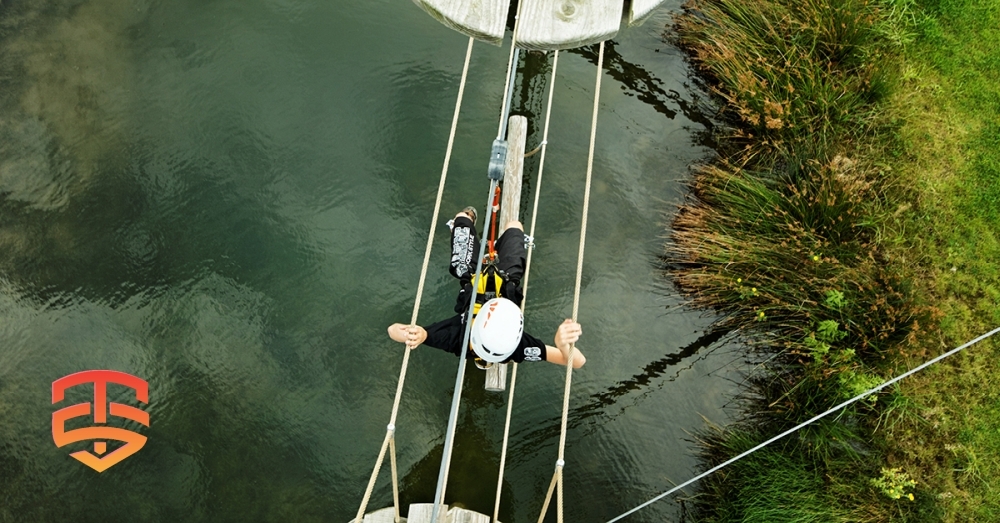
When creating a ropes course, the following factors should be taken into account:
- Safety is the first consideration in the design of any ropes course. To guarantee that the course continues to be safe for participants, all components should be planned and constructed in accordance with industry standards and norms. Regular inspections and maintenance should also be carried out.
- Variety of challenges for participants of various ability levels should be offered by the course. This may feature options for various activity types as well as a range of difficulty levels for various elements (e.g. zip lines, high ropes, low ropes).
- Accessibility: The course should be created to be open to students of various skill levels. The employment of various harnesses and other tools to assist people with disabilities can fall under this category.
- The course should be created to have as little of an impact as possible on the environment and to be considerate of the local ecosystem.
- Fun: The course should be enjoyable for participants and engaging, and it should leave them feeling accomplished.
- Orientation and training: Before anyone is authorized to utilize the course, they need have thorough orientation and training.
We design zip lines, climbing walls, challenge courses, ropes courses, adventure parks, and tactical training facilities.
Gearing Up for Success: Expert Insights on the Adventure Business
The adventure business is booming, offering thrilling experiences and fostering a love for the outdoors. But navigating this exciting industry requires knowledge and expertise. To delve deeper and gain valuable insights from seasoned professionals, explore our additional resources below…
- How to startup a Successful Zip Line Business
- Implementing a Safety and Quality Management System
- ROI at Climbing Walls and Family Entertainment Centers
- Using Technology to Make Your Climbing Gym Accessible and Inclusive
- The Secret to Better Resource Management and Customer Satisfaction
- Every modern climbing gym should have these 5 features
- Considerations when designing ropes courses and adventure parks
- Leading the Way in profitable and safe climbing
- Increase Revenue and Customer Satisfaction for Family Entertainment Centers
- Creating Value for Customers by Using an Auto Belay
- Adventure parks’ logistics essential to customer satisfaction, TO, and ROI.
- Drive Revenue and Customer Satisfaction with Auto Belays
- Considering operating and investing in a zipline?
- Competitive Advantage of an Auto Belay
- Why using Auto Belays Boosts your Business
- ROI at Climbing Walls and Family Entertainment Centers
- Everything You Need to Know about Buying Auto Belays
-
Product on sale
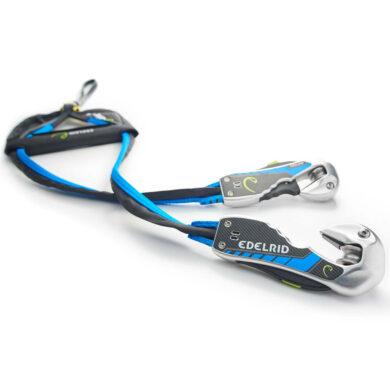 Edelrid Smart Belay X | Magnetic Locking Mechanism€ 490,00 – € 566,00 Ex VAT
Edelrid Smart Belay X | Magnetic Locking Mechanism€ 490,00 – € 566,00 Ex VAT -
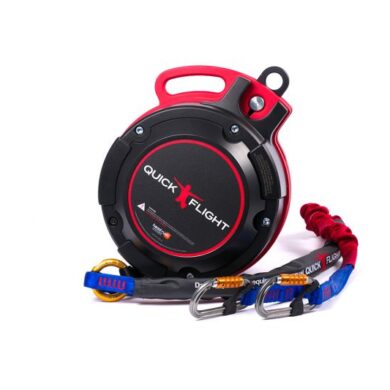 QuickFlight Free Fall Device | 6 – 15,3 meter€ 4.249,00 – € 4.549,00 Ex VAT
QuickFlight Free Fall Device | 6 – 15,3 meter€ 4.249,00 – € 4.549,00 Ex VAT -
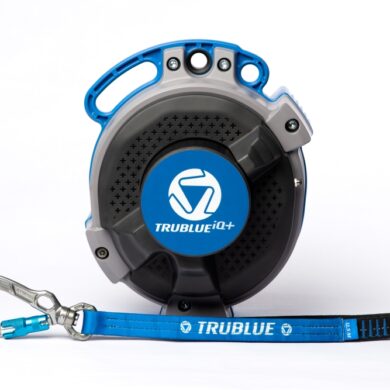 TRUBLUE iQ Auto Belay | 4,5 – 20 meter€ 2.799,00 – € 3.159,00 Ex VAT
TRUBLUE iQ Auto Belay | 4,5 – 20 meter€ 2.799,00 – € 3.159,00 Ex VAT







